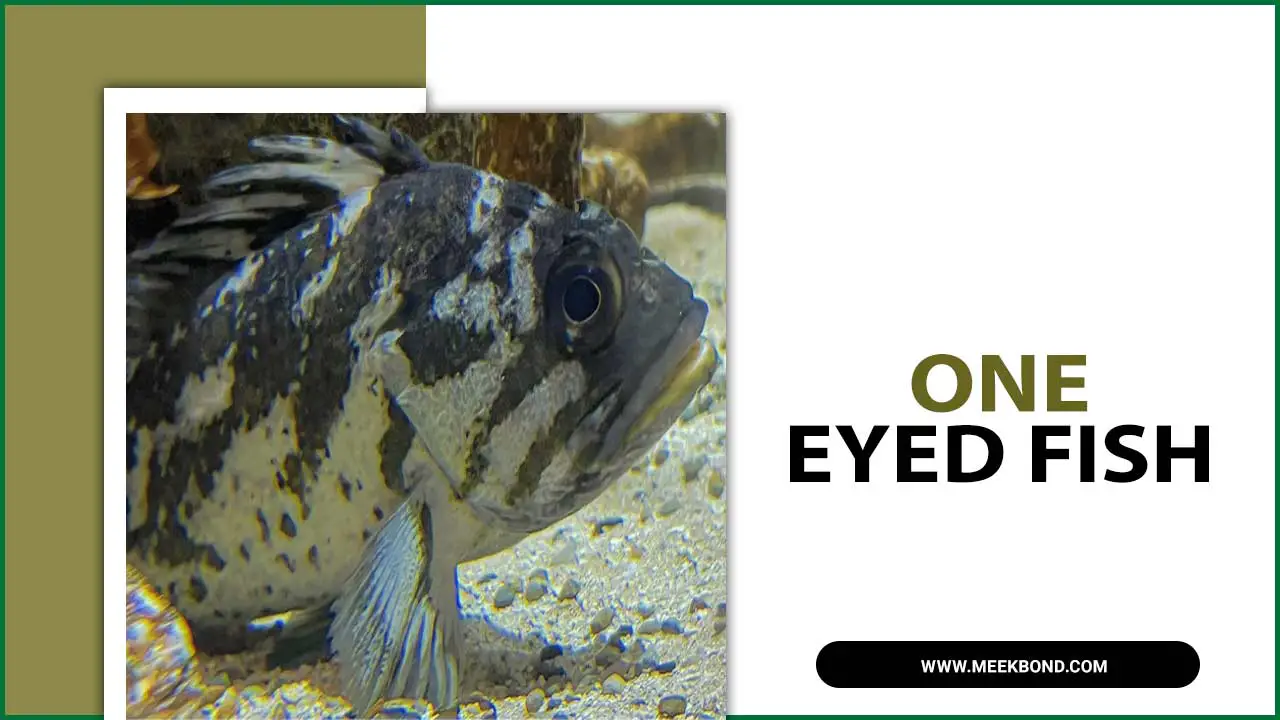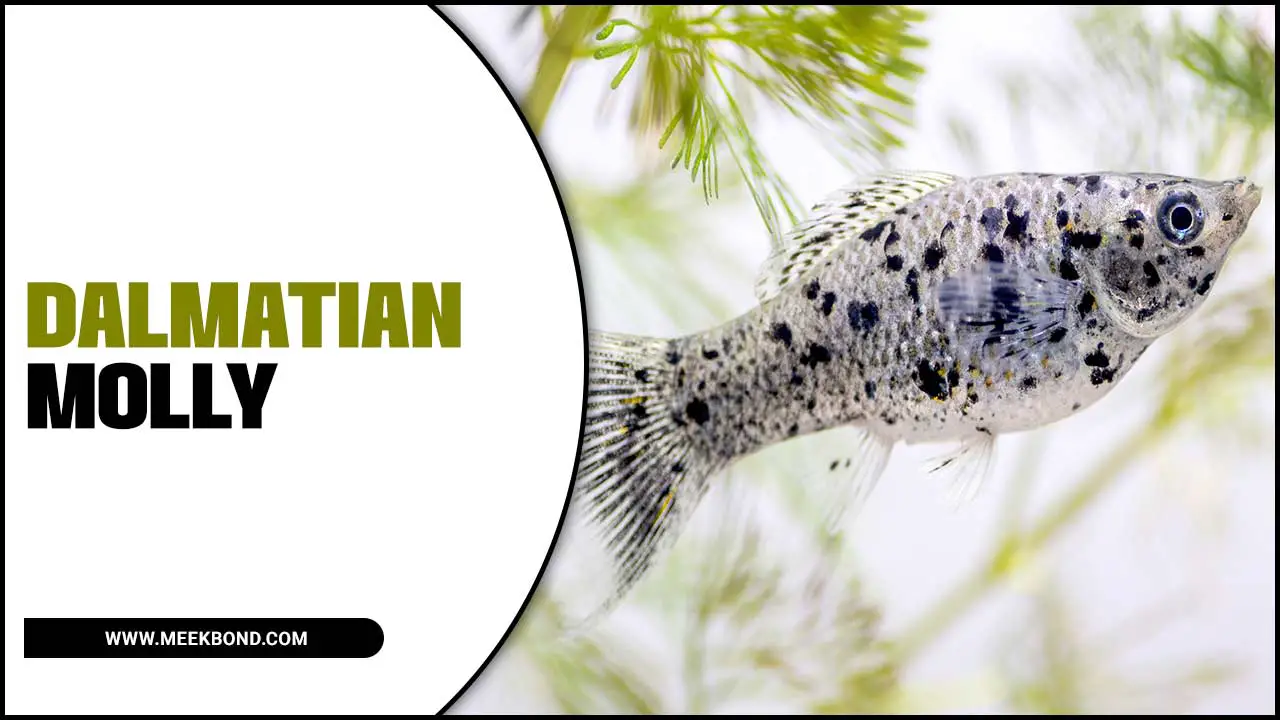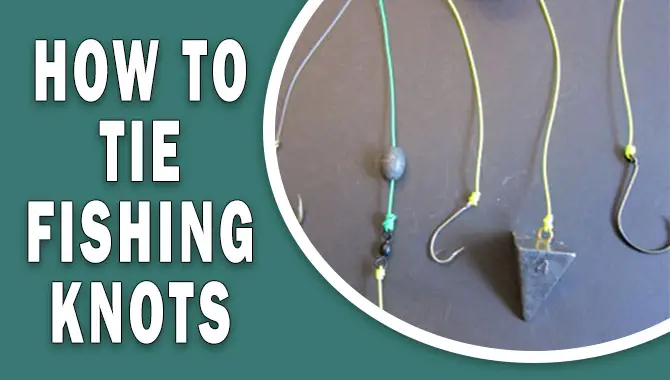As environmental stewards, we must keep an eye on the health of our aquatic ecosystems. Conducting a fish population survey is essential to monitoring these ecosystems.
Conducting a fish population survey not only allows us to assess the health of a body of water but also helps in determining the appropriate management strategies necessary to preserve its biodiversity. For fisheries managers, understanding fish populations’ size, distribution, and abundance is critical for making informed resource allocation and conservation decisions.
We will provide you with a step-by-step guide on how to conduct a fish population survey. We’ll cover everything from pre-survey planning and preparation to data collection, analysis, and interpretation of survey results.
Additionally, we’ll dive into the various sampling techniques for fish populations, including netting methods and walleye population assessment methods. So let’s get started on your journey towards better fisheries management.

How To Conduct A Fish Population Survey: Explained
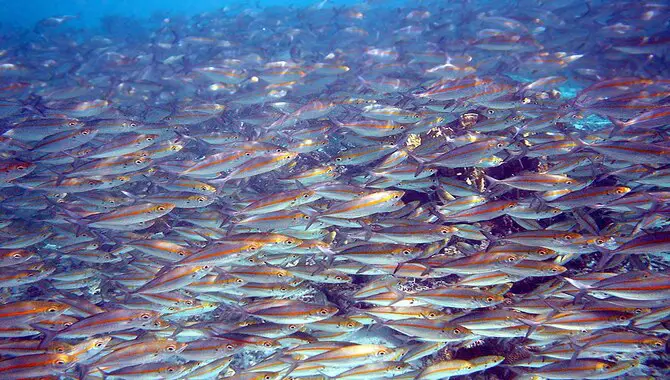
Fisheries management relies on proper planning and execution when surveying to monitor a specific type of fish species or assess the water body’s overall health. Before starting the study, it is crucial to determine the location and time frame that best suits your needs.
Sampling techniques include netting for fish population surveys and other appropriate sampling methods and equipment. Collecting biological data on factors such as water temperature can help analyze and interpret survey results.
Anglers can benefit from these surveys by planning fishing trips better based on information gathered regarding smaller fish populations alongside Bass or walleye. Natural resources can also be saved through successful conservation efforts that use survey data to monitor the number of fish in an area. Biologists play a vital role in conducting these types of surveys; they interpret data collected from past surveys to understand changes in populations over time and anticipate changes that may occur in the future.
Fisheries Management

Effective fisheries management is essential for ensuring sustainable fishing practices. Biologists and natural resource managers rely on biological data from fish population surveys to understand the health and abundance of fish species like Bass and walleye in different water bodies.
To conduct a successful survey that accurately reflects the number of fish in a particular area, their sizes, and water temperature preferences, choosing appropriate sampling methods like netting or other means besides collecting accurate data on smaller fish is crucial. By analyzing and interpreting survey results relevant to fisheries management practices, anglers can have more productive fishing trips while ensuring that our precious natural resources are conserved for future generations.
Sampling Techniques For Fish Populations

To accurately conduct a fisheries survey and gather biological data on different freshwater species without affecting natural resources, one must consider various sampling techniques like electrofishing or seining depending on the type of species studied and the environment’s water temperature.
Interviewing anglers during fishing trips through creel surveys is another effective way to understand the abundance of smaller fish like Bass. The collected survey data can help biologists determine management strategies for walleye populations that ensure the long-term sustainability of fish populations.
Netting For Fish Population Surveys
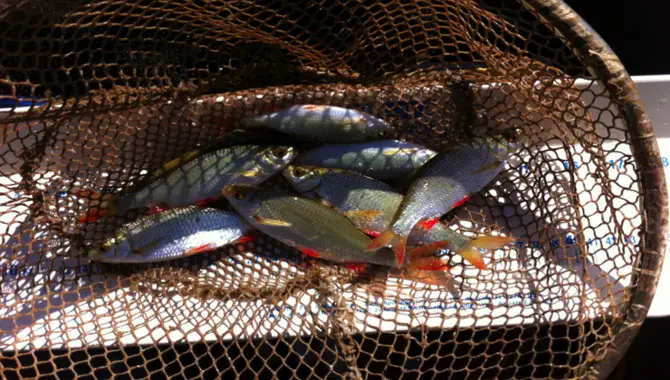
Fisheries management professionals often use netting as a way to survey fish populations. By setting up nets in the water and letting fish swim into them naturally, biologists can capture and then release these creatures back into their habitat. This technique yields biological data on the number of fish in an area and information about their age, size, and distribution.
Proper sampling techniques for different types of fish species should be considered based on factors such as water temperature or the prevalence of smaller fish. Ultimately, survey results help conservationists make informed decisions about natural resources that support bass fishing trips for anglers.
Walleye Population Assessment Methods
Walleye population assessments are critical in managing fisheries while conserving natural resources. Biologists conduct electrofishing surveys as they are a popular approach to examining walleye populations in water bodies with varying temperatures.
In comparison, netting requires more time and resources but helps gather biological data about the number of fish caught in-depth detail. Anglers’ input from fishing trips provides an extra layer of survey data to help biologists understand smaller fish species’ status, like Bass.
Pre-Survey Planning And Preparation

Planning for a thriving fish population survey involves identifying objectives and selecting appropriate sampling methods depending on the type of equipment required. It’s essential to obtain necessary permits or permissions beforehand.
Review survey data and ecological records from previous surveys to make informed decisions. Walleye fishing trips provide valuable information about population size and species behavior in different water temperatures. Biologists can analyze biological data obtained through netting smaller fish and anglers’ reports to supplement survey results.
Data Collection And Analysis
Effective fisheries management relies on accurate data collection during a fish population survey. Biologists use various methods, such as electrofishing or netting, to collect biological data on fish species, including Bass and walleye. Water temperature can also be essential in determining the number of smaller fish in a given area. Analyzing the survey results, anglers’ habits can be considered when setting fishing trip limits and conserving natural resources.
Interpretation Of Survey Results
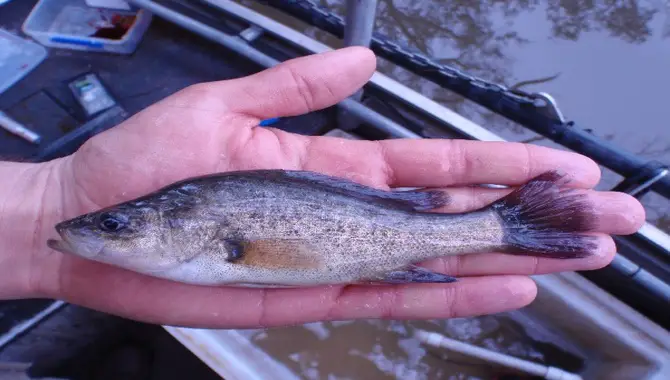
Biologists use statistical analysis and their understanding of fisheries biology. To interpret survey data collected from how to conduct a fish population survey Analyzing survey results enables researchers to evaluate health.
And sustainability of fish populations and making informed decisions about fishing regulations and conservation efforts such as habitat restoration. Survey data provides valuable insight into fish species, sampling techniques, and netting for fish population surveys. Biological data, and the number and size of fish in the waters being surveyed. Such information is increasingly essential for anglers planning fishing trips to preserve natural resources.
Challenges In Conducting Fish Population Surveys
Conducting Fish Population Surveys presents a unique set of challenges that must be overcome for better Fisheries Management. Precision data collection through processes like Sampling Techniques for Fish Populations. Netting for Fish Population Surveys, and Sonar Technology has been vital. Despite these improvements,
Weather conditions, equipment malfunctions, and limited access to survey sites continue to pose challenges. Prioritizing sustainable Fishing Practices. While collaborating with Anglers is crucial for effective Fisheries Management that considers natural resources like water temperature. Fish species distributions, the number of smaller Bass in the area, and survey results. Biologists analyze Biological Data to make informed decisions about Fishing Trips without endangering Walleye populations or other species.
Benefits Of Conducting Fish Population Surveys

Maintaining healthy and sustainable fisheries is crucial for natural resources. Fish population surveys assist in understanding the health of fish populations, which helps determine fishing regulations & conservation efforts. Surveys aid in identifying pollution or habitat destruction effects on fish populations while providing research data on different species’ ecology & behavior.
Fisheries biologists use multiple methods like netting & sampling to collect biological data on the number of fish species, including walleye & Bass. Anglers’ survey results provide additional information on fishing trips and water temperature affecting smaller fish populations.
Future Of Fish Population Surveys In Fisheries Management
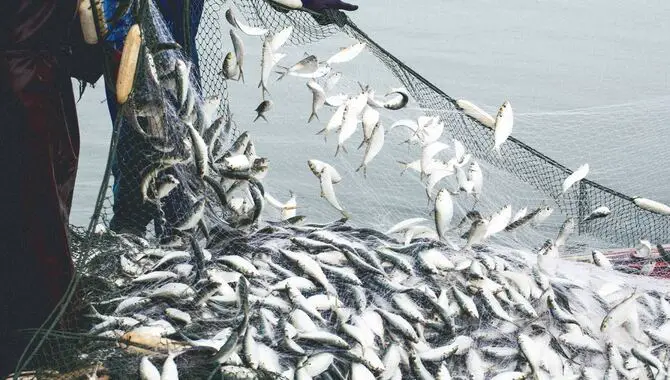
As fisheries management continues to evolve, the importance of conducting fish population surveys cannot overstate. Thanks to technological advances like acoustic and drone surveys, we now have access. To more detailed biological data on our bass populations’ natural resources than ever before.
This enables biologists to collaborate with anglers and other stakeholders to prioritize sustainability while balancing economic interests. Sampling techniques like netting allow us to gather information on the number of fish in a given area or even water temperature trends that may affect smaller fish populations over time. Survey data has never been more critical in informing decisions about fishing trips or how best to protect our valuable walleye resources.
Conclusion
Fish population surveys play a crucial role in practical fisheries management. Such surveys help scientists understand the fish populations, their habitats, and threats to their survival. Conducting a fish population survey is difficult and requires careful planning, preparation, and data analysis.
But it’s worth the effort in the long run as it helps maintain sustainable fisheries, promote biodiversity, and support recreational fishing activities. Conducting a fish population survey is essential for managing and preserving aquatic ecosystems. By collecting data on the fish species and their abundance, researchers and conservationists can make informed decisions about how to protect these vital environments best. We hope you now understand how to conduct a fish population survey.
Frequently Asked Questions
What Are The Methods Of Fish Population Survey?
Several methods for surveying fish populations include electrofishing, netting and trapping, mark-and-recapture, and visual surveys like snorkeling or scuba diving. Each technique has its advantages and limitations, and the choice of method depends on factors such as fish species, habitat, and research goals.
How Do You Estimate The Population Of Fish?
Various methods exist to estimate fish populations, such as marking and recapturing, electrofishing, and visual surveys. However, using appropriate sampling techniques and considering habitat and seasonality factors is crucial. Visual surveys may not be as reliable as other methods.
How Are Fish Surveys Done?
Various ways to conduct fish surveys include electrofishing, netting, and trapping. Electrofishing uses electric currents to temporarily stun fish, while netting involves catching them in a net. Trapping involves using cages or traps to capture fish underwater.
What Are The Different Types Of Fish Surveys?
Fish surveys can take different forms, such as electrofishing, gillnetting, and seine netting. Electrofishing stuns fish with electric currents to count them. They are gillnetting traps fish by their gills with a small mesh net. Seine netting drags a large net through the water to catch fish.
How Do I Determine The Appropriate Sampling Technique For My Survey?
To determine the proper sampling technique for a fish population survey, consider factors like population size, habitat type, and available resources. Sampling methods such as electrofishing and seine netting may be used based on survey goals. Expert guidance from fisheries biologists can help in selecting the best technique.

Aquarium passion is all about connecting with the aquatic life and providing education to the public on the importance of these creatures. We showcase a wide variety of marine life through our exhibits as well as working with schools to provide unique learning opportunities for students of all ages.

